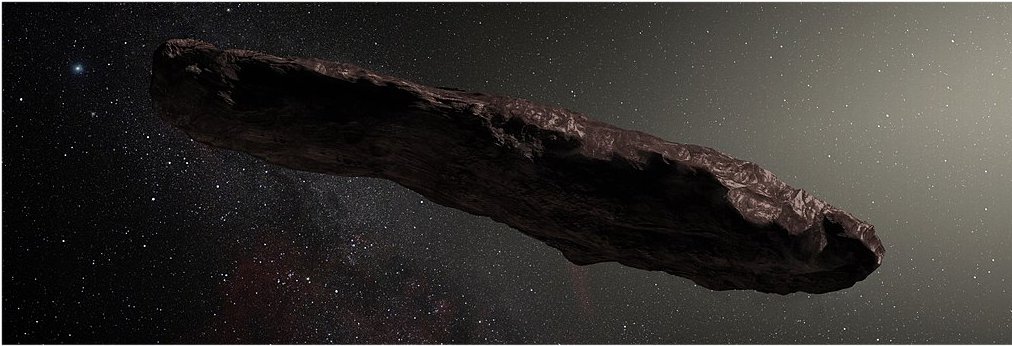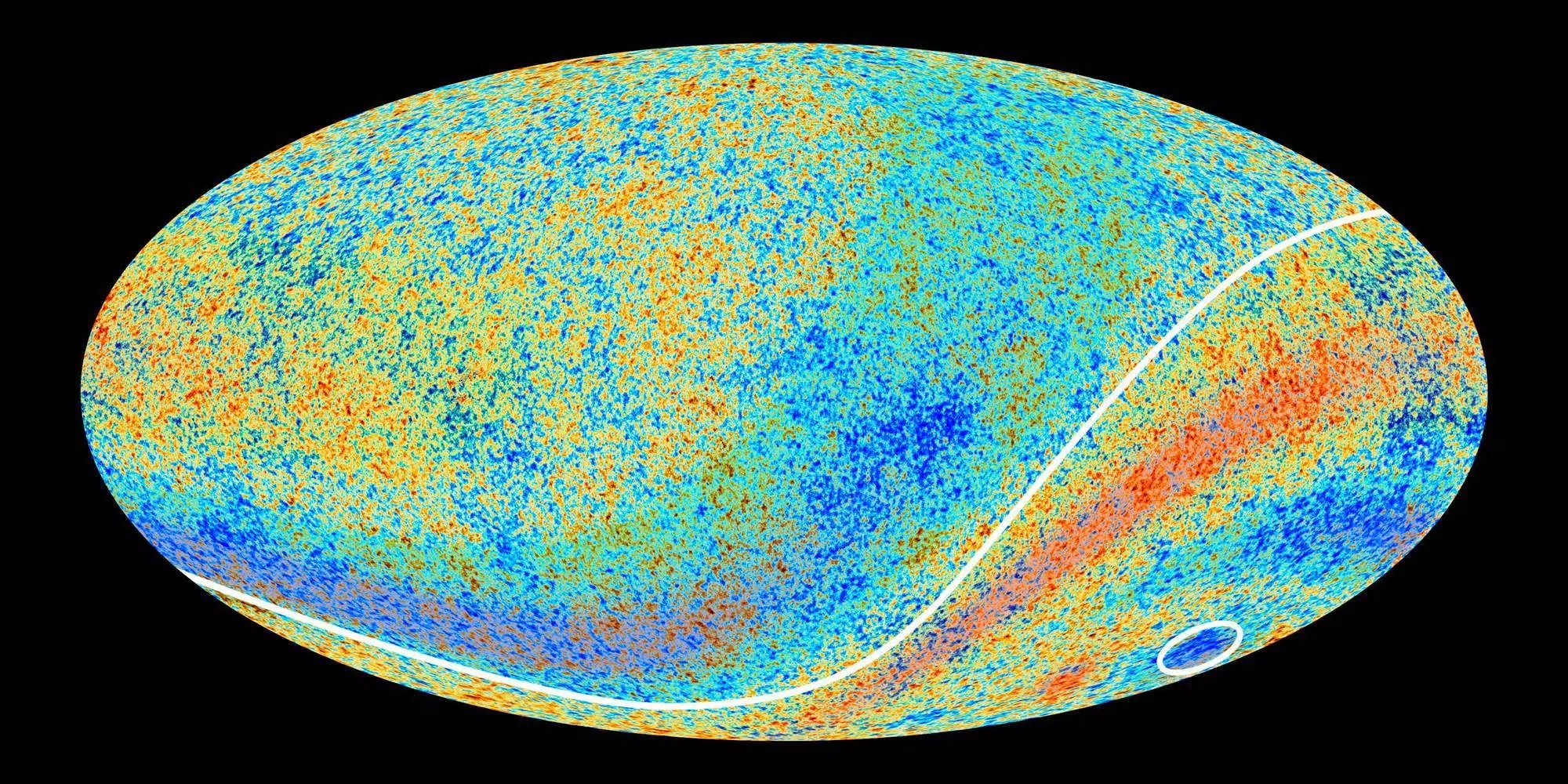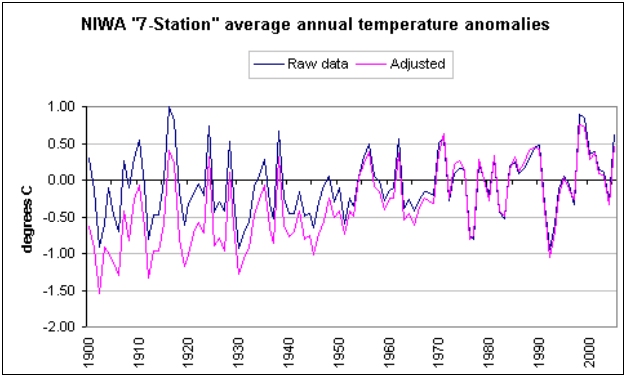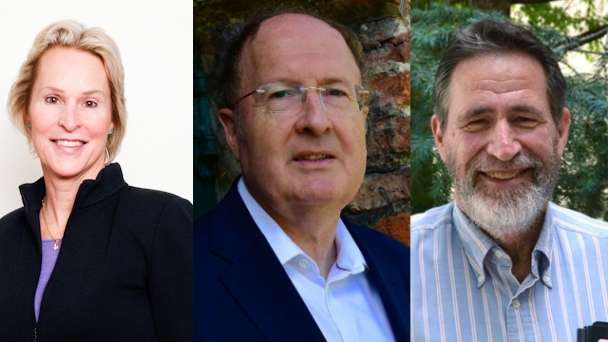
One of the things I continually stress with my students is that science doesn’t have to make sense. In fact, most of the theories in my scientific field make no sense at all. Why do I believe them? Because they make predictions which are later verified by the data. That’s the acid test of a scientific theory. If it can make predictions about something that is not known and those predictions can then be tested by experiment or observation, the theory is scientific. If observations or experiments actually confirm the predictions, then it is a reliable scientific theory. For example, young-earth creationism is a reliable scientific theory, because it makes predictions which are later confirmed by the data.
The same can be said of Einstein’s theory of general relativity. Make no mistake: It’s a very strange theory. It says that what we see as the force of gravity is not really a force at all. It is a consequence of how mass warps space and time. Now that’s just crazy. We know that we stay on the surface of the earth because the force of gravity continues to pull us to the center of the earth. An apple falls from a tree because the force of gravity pulls it to the earth. The earth stays in orbit around the sun because the force of gravity keeps it there. Sir Isaac Newton himself gave us an equation for gravity, and that equation has been tested over and over again and found to be reliable. It begins “F =”. The “F,” of course, stands for force. Why,then, would you believe something as silly as what Einstein said? Because his theory made several testable predictions, and when those predictions were tested, they were confirmed.
One of the stranger predictions of general relativity is that mass warps space and time enough that it actually affects the passage of time. When you are near a large mass, time passes more slowly than when you are far from that same mass. According to Einstein, then, time is not constant in the universe. It ticks at different rates, depending on the mass in the area. Once again, to you and me, that’s just crazy. However, it has been confirmed in many different experiments. Indeed, the Global Positioning System would not work if we didn’t take into account that time is ticking differently on the GPS satellites than it is on the surface of the earth. Of course, one hallmark of good science is to continually test your theories, even when they have been confirmed. My publisher told me about a recent example of this being done, and it is worth discussing.
Back in 2014, the European Space Agency launched several satellites into orbit around the earth. Satellites are generally put in a circular orbit, so their distance from the earth never changes. However, a malfunction in the rocket used to place two of the satellites caused them to be put into an elliptical orbit. As a result, their distance from the earth regularly varied. The ESA corrected the orbits as much as they could, but they remain elliptical to this day. The difference between their closest and farthest distances from the earth is about 8,500 kilometers.
While this was a disappointing mistake, two physics research teams realized that they could use it to further test Einstein’s prediction of time being affected by how close you are to a massive object. After all, at regular intervals, these satellites moved closer to and farther from earth. Their position could be accurately measured in real time, using the International Laser Ranging Service, which shoots lasers at the satellites and measures the time it takes for the light to reflect off them and return.
The teams independently examined the time measured by the clocks aboard the satellites, and they each produced a graph similar to the one at the top of this post. Both of them showed that the time measured by the clocks aboard the satellites varied just as Einstein had predicted: As the satellites drifted away from the earth, time started passing more quickly for them. As the satellites drifted towards the earth, time passed more slowly for them. What makes their results noteworthy is that this test is more precise than any other that has ever been done. Their results tell us that the maximum error in Einstein’s prediction is about 0.003%.
Like it or not, the general theory of relativity is the best description scientists have for gravity, as these misplaced satellites have further confirmed.









